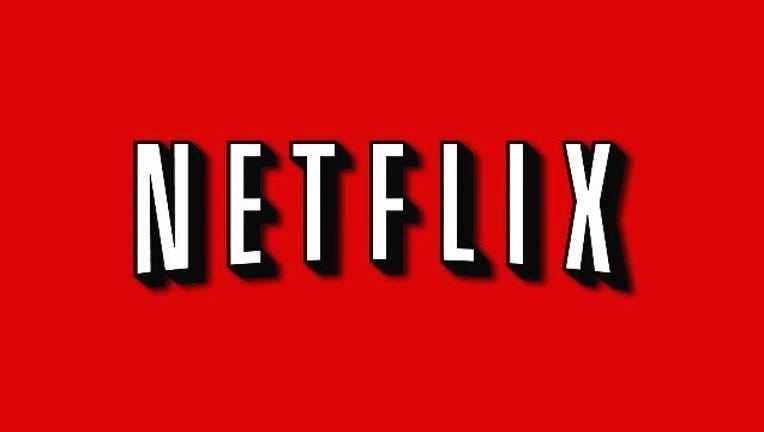Netflix tests limits of price increases for original shows

SAN FRANCISCO (AP) -- Netflix is testing the financial limits of its streaming video service as the rising cost of producing original programming pushes up subscription prices.
The latest reminder came Monday with the company's third-quarter earnings report, which revealed that Netflix added 370,000 U.S. subscribers. That marks its second consecutive quarter of slowing U.S. growth since lifting a two-year rate freeze and increasing prices by as much as 20 percent for more than 20 million existing subscribers.
While the latest quarterly subscriber gain exceeded management's modest projections, it fell far below the 880,000 U.S. customers that Netflix picked up at the same time last year. The deceleration occurred even though the latest period included the July debut of "Stranger Things," which turned into one of the summer's surprise hits.
Netflix is now faring far better overseas as it tries to diversify its video library to suit the tastes of 189 other countries. The company added 3.2 million international subscribers in the third quarter, surpassing the 2.7 million it gained at the same time last year when it was operating in about 130 fewer countries.
Investors were thrilled with the international progress and the better-than-expected showing in the U.S. Netflix's stock surged nearly 20 percent to $119.91 in extended trading.
The drop-off in U.S. subscriber gains underscores the delicate balancing act the company is trying to pull off as it seeks to retain and attract customers while also financing its ambitious expansion overseas amid fierce competition from Amazon and HBO.
It's an expensive challenge, which is why Netflix raised the price for its most popular U.S. plan from $8 to $10 per month. And the pressure to continue increasing rates every few years seems likely to continue, though Netflix CEO Reed Hastings said Monday that that there are no plans to raise prices again anytime soon.
On average, Netflix said, it is collecting 10 percent more for its subscribers worldwide than a year ago. About 25 percent of the U.S. subscribers still covered by the rate freeze imposed in 2014 will have their prices raised by year's end.
"With more revenue, we can reinvest to further improve Netflix to attract new members from around the world, while continuing to delight our existing customers," Hastings wrote in a letter reviewing the third-quarter results.
After spending $5 billion on original programing and licensing rights to other shows this year, Netflix has earmarked another $6 billion for next year. Only Walt Disney Co. and NBC are spending more on programming, based on an analysis of 2015 data, according to the research firm IHS Markit. Netflix expects to offer 1,000 hours of original shows and movies next year, up from 600 hours this year.
But the price increases that help finance new shows threaten to become counter-productive if they drive away too many of the existing 47.5 million U.S. subscribers or discourage potential new customers from signing up.
Netflix does not disclose how many of its subscribers cancel each quarter, but Wedbush Securities analyst Michael Pachter estimates that about 1 million U.S. households opened new accounts from July through September. That means about 600,000 subscribers abandoned the service during the third quarter, if Pachter's calculations are accurate.
Even at $10 per month, RBS analyst Mark Mahaney contends that Netflix remains a bargain for the average U.S. subscriber, who watches about 60 hours of programming each month, more time spent viewing other popular cable TV channels. By Mahaney's calculations, the average Netflix subscriber in the U.S. is paying the equivalent of 17 cents per hour of programming watched versus a range of 25 cents to 38 cents per hour for every hour of programming watching on AMC, FX, CNN, CBS, Comedy Central and Nickelodeon.
For that reason, Mahaney believes Netflix will still be able to raise its monthly prices by a few more dollars during the next four years and still reach 160 million worldwide subscribers in 2020. Netflix ended September with nearly 87 million worldwide customers.
For now, Netflix is leaning on its streaming and DVD-by-mail business in the U.S. to subsidize unprofitable overseas operations. The company is promising to make money internationally next year. Overall, Netflix's third-quarter earnings nearly doubled from the same time last year to $51.5 million, or 12 cents per share.
Netflix had hoped to expand into China on its own, but said Monday that it will instead license some of its content to other providers that already have cleared the country's regulatory hurdles governing the kind of video that can be shown there.

